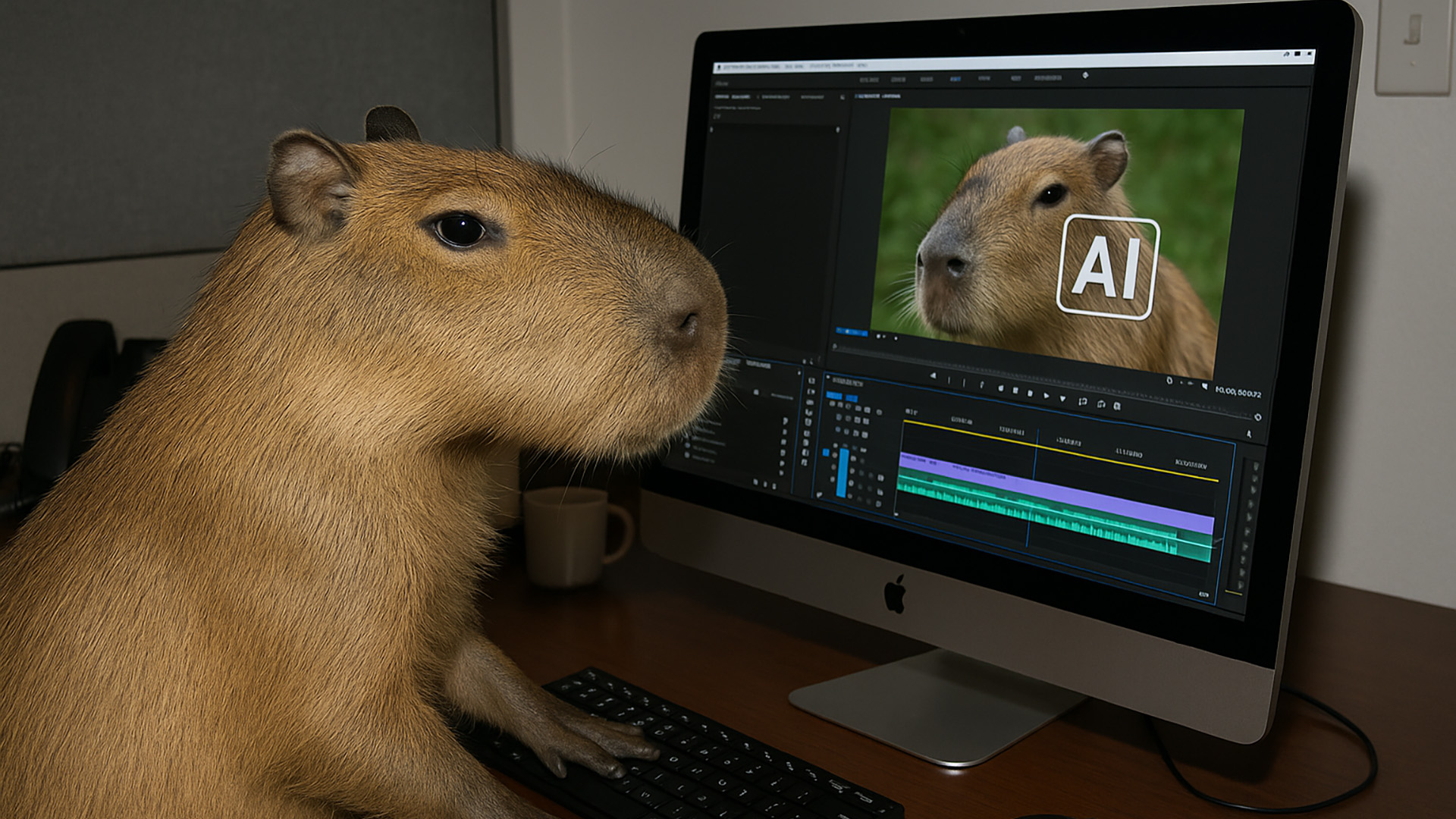
8.21.2025
strategy
5 things to know before making an AI video ad
I’ve now made four AI video ads using just about every tool under the sun: ElevenLabs, Runway, Sora, Midjourney, you name it. And while the technology is incredible, I’ve learned that there are some things you need to know before diving in.
Here are the five things I wish someone had told me before I started making AI video ads.
1. The legality is still iffy
Let’s get this out of the way: I’m not a lawyer. Don’t take this as legal advice. Talk to your attorney.
That said, the consensus I’ve heard from actual entertainment attorneys is that you can’t “un-ring the bell.” Generative AI is here to stay. As long as you’re not using recognizable IP – think Darth Vader, Mickey Mouse, or anything someone else owns, you’re likely fine.
The catch? Companies like Disney have already taken legal action against AI tools that allow you to generate their characters. So the safest move is to stick to original ideas and imagery. Bottom line: consult a lawyer before you put serious money behind an AI-driven campaign.
2. AI only solves production, not creativity
The hardest part of making a video ad has never been production – it’s coming up with a good idea – the blank page problem.
AI doesn’t help with concepting, writing, strategy, or storyboarding. And it doesn’t handle post-production tasks like editing, sound design, or color grading. All it does is replace the cameras, sets, and logistics of a shoot.
If you don’t have a strong idea going in, the output will still be weak – just faster and cheaper.
3. Expect backlash
AI in creative fields is a raw nerve. I’ve been making films since seventh grade, and even I feel conflicted when I see a “video” created without a camera, actors, or sets.
If your audience includes creatives, expect pushback. Even if they’re not your target, remember that AI is disrupting nearly every career in some way. People have feelings about it.
Yes, the reward is lower production costs. But the risk is that your brand gets caught in the AI backlash. Weigh those trade-offs carefully.
4. Budget for wasted time and credits
Don’t believe the LinkedIn posts that say, “I made this ad in a day with 10 credits!”
My most recent AI video ad took me five weeks to complete. Some shots required 40–50 generations to get one usable clip. And often I had to stitch together pieces from multiple generations to create a single shot.
You will burn through credits. You will waste time. That’s not you doing it wrong – that’s just the reality of where the tech is today.
5. Use AI for the impossible
After four ads, here’s the biggest lesson: AI video shines when you use it to make things that would otherwise be impossible or prohibitively expensive.
Think Pixar-level complexity – thousands of artists working for months to create magical worlds. With AI, you can bypass all of that.
For example, my latest ad features animals working in an office. In live action, that would’ve been either extremely expensive or flat-out impossible. But with AI, it was doable. That’s where the actual value lies – creating magical, scroll-stopping visuals that you couldn’t film in real life.
If your idea is simple and grounded, shoot it on your phone. But if you want to make the impossible possible, AI is a game-changer.
Final thoughts
To recap:
- The legality is still uncertain – consult a lawyer.
- AI only solves production, not the idea.
- Expect backlash.
- Budget for wasted credits and time.
- Use AI for things you can’t do in real life.
AI video isn’t a silver bullet. It’s a new medium with its own strengths and weaknesses. When used effectively, it can be a powerful creative tool.
Listen to this article's companion podcast:


.webp)


